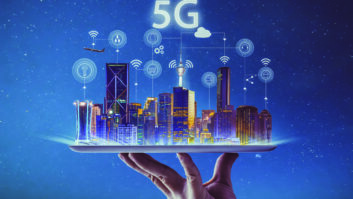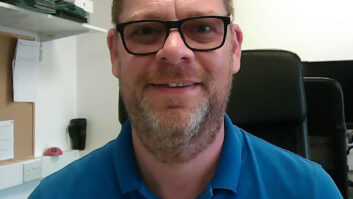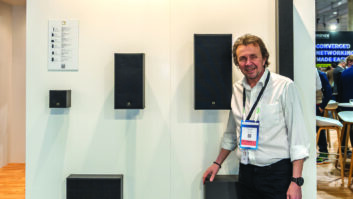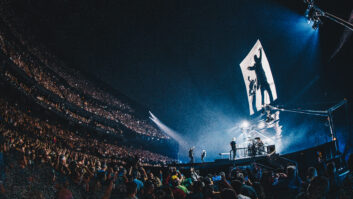In the first part we revealed how success on IoT deployments is about being selective to identify the real benefits it will bring. Here David Davies looks at where the opportunities for the industry lie.
The huge volumes of extra data generated in IoT environments mean that installations can be more responsive and energy-optimised – but customers have to be ready to manage and make the most of the data. Joel Chimoindes, vice president of Maverick AV Solutions Europe, remarks: “The proliferation of IoT means you have to be very clear about what you want to achieve through an IoT project and how that will benefit your business. In order to manage data effectively, it’s important to understand first what data is available, what data is relevant for your business, the overall objective and eventually the business outcome.”
The ability to connect an entire ecosystem of devices “doesn’t necessarily reflect the service that users actually want, and there’s no use in gathering data you don’t know how to use,” says Mark Childerhouse, director of Pioneer Group. “IoT needs to be integrated properly and effectively so that’s providing the service required by the end user.”
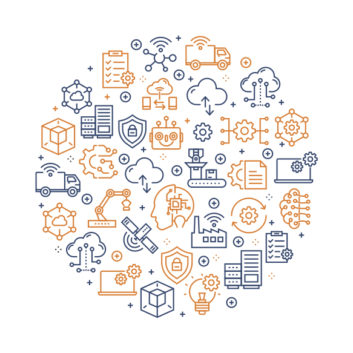
The not inconsiderable issue of security – more of which anon – aside, virtually everyone agrees that IoT could open up major new sources of work and revenue in the years ahead. But given the consumer market’s tendency towards a few major players holding many of the cards, there are also concerns about over-consolidation that could ultimately dampen competition and creativity.
“For any industry IoT is an opportunity, not only for the AV industry,” says Joost Demarest, CTO of the KNX Association. “It bears the hope that we will finally do away with the Babylon of protocols, to make way for a world where indeed everything can talk to everything without substantial integration effort. However, it also bears the risk that this ‘consolidation’ may lead to the concentration of everything in just a handful of suppliers.”
Inviting interviewees to nominate professional applications where IoT stands to be advantageous brings forth suggestions encompassing everything from retail to conferencing. Childerhouse points to “interactive displays and kiosks with digital catalogues [allowing] stores to effectively expand their range of products on display without increasing the physical footprint of the store itself. AV and IoT are already changing the way shoppers interact with retailers, and this hybrid approach is going to be crucial for keeping high street retailers buoyant.”
IoT will also enable more rapid updates of digital signage displays in commercial locations and elsewhere. “By being part of the IoT network, displays can be updated according to live factors such as user behaviour, weather or time of day, which can feed into the system management and modify content in real-time,” says Childerhouse.
Building automation “especially in light of sustainability requirements and reducing power consumption is a major place to start with IoT,” believes Chimoindes. For instance, “we are seeing a major call from IT managers to be able to prove the effectiveness of spaces, with the rise of hot-desking and video calling changing the face of the workplace. Creating spaces which people can use to collaborate effectively will be a major use of IoT, which is why meeting room displays and products are increasingly building it in as standard for the future.”
For Tony Crossley, special projects director at Pure AV, IoT heralds an increased ability “to do lots of things, in many cases for a relatively low cost. For example, we can control an AV system using voice commands, and we can control lights, blinds and heating efficiently and cost-effectively. Our clients can use their own devices to share data wirelessly, and we can use the technology to check the status of equipment remotely.” Pure AV’s own recent IoT-related endeavours have included the integration of cameras, voice control pods and even smart bathroom mirrors into their systems.
The through-line in this diverse roster of applications will be IoT’s ability to enable “meaningful two-way data from any kind of device at a much lower point of entry,” says Chimoindes. “It enables IT managers and AV network operators to assess the effectiveness of a system, its requirements for the future, and to give an ROI which is much more robust.”
www.knx.org
www.pioneergroup.co.uk
www.pureav.co.uk
www.tdmaverick.eu

